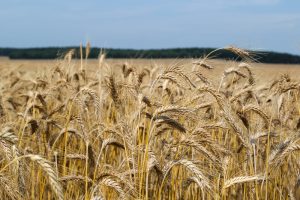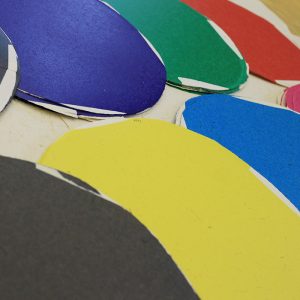
Considering the lack of wood raw materials and the need for new fibre sources, laboratory produced papers will be made using different shares of straw pulp, which will be printed with the most widely used printing techniques in order to estimate their usability for a particular graphic product. Physical and chemical properties of inks depend on different printing techniques (offset, gravure, flexography screen and digital printing) to achieve high quality reproduction of multi-tone images and text. By mixing the three inks of the subtractive colour synthesis (cyan, magenta and yellow) in various ratios, light reflection of almost entire visible spectrum can be obtained in such graphic reproduction. The light reflection range is obtained by colour halftoning with cyan, magenta and yellow separations. Due the “non-ideal” reflection of the ink light from the substrate, black ink will be added, as it increases the range of light reflection. Therefore, the aforementioned printing techniques use different inks in terms of their viscosity, consistency, adhesiveness and cohesion, therefore it is necessary to examine and assess the acceptance of inks on laboratory produced papers as well as the ink trapping.

The possibility of making prints on a paper made with variable share of straw pulp and the paper’s usability will be observed in laboratory produced papers by applying the most commonly used conventional and contemporary inks drying when exposed to UV (UV inks).
Based on the qualitative parameters: the penetration and migration of printing ink into the laboratory produced papers, graininess and mottling, the quality of the reproduction of cyan, magenta, yellow and black colour (L* a* b* values) compared to the ISO standards and the Pantone standardized ink catalogue as well as trapping and the total amount of inks on the substrate will be defined as the possibility of printing on laboratory produced paper samples with straw pulp. On the other hand, the usability of these prints for packaging or publications will be defined on the basis of stability in relation to chemical agents, pressure, temperature, humidity and UV radiation. By realizing this project proposal, a new graphical product will be created, which will advance the graphic technology with smart utilization of renewable resources. This approach will help prevent the exploitation of limited natural resources and environmental degradation, and ensure more efficient exploitation of renewable resources.